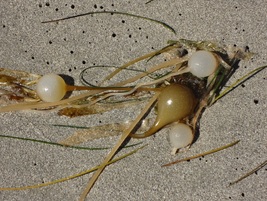
During the spring semester, 2014, I had the awesome opportunity to teach a Digital Storytelling class. I became inspired to do so last summer, when I attended a traveled to Cleveland for the 6th annual International Conference on Conflict Resolution Studies.
One of the sessions I attended discussed digital storytelling as a means to render moments of social justice and activism. Listening and watching these short memoir pieces come to life with image, narration, and audio layers including music, I fell in love. I wanted to create such pieces and I wanted to lead other people through this process. Even though I’d never worked with movie-maker technology before, I felt like this format could be a powerful and vibrant way to help writers find the right important moments to bring to the digital storytelling realm.
Despite the challenges with the gadgetry, and my bumblings as a first-time teacher of a new way of creating narrative resonance, it was a terrific success on many levels. We built community, we repeatedly discussed the power of storytelling, and we dove into our vulnerabilities with specificity and an eye for the way “turns” can evoke surprise and transformation. By allowing for an emotional shifts within the narratives, we discovered that our audiences felt more connected to the piece. To learn more about turns, we examined poetry with an eye for the ways a distilled piece of writing could include pivotal shifts.
We had frank discussions about technology—what worked, what didn’t, where one could turn for help with challenges. The students learned as much from each other as they did from me, and it’s been a gift to read their cover letters, including their advice to possible future students:
"You will learn much about the writing process, and about creativity, and about being a giver."
“Sincerity and honesty become easier as you get acquainted with yourself.”
"My parting advice is: keep your eyes open--to the beautiful stories surrounding you and the ones within you."
A digital story is a short memoir piece of about 200 words, augmented with visual images, audio layering (if desired) and music. That’s the technical definition. I think the emotional definition goes something like this: it’s another powerful means for connecting with others and creating coherence for one’s self. For a look at my second piece, where I examine my role as a writer in the context of my family, click here: A Separate Gaze

 RSS Feed
RSS Feed
